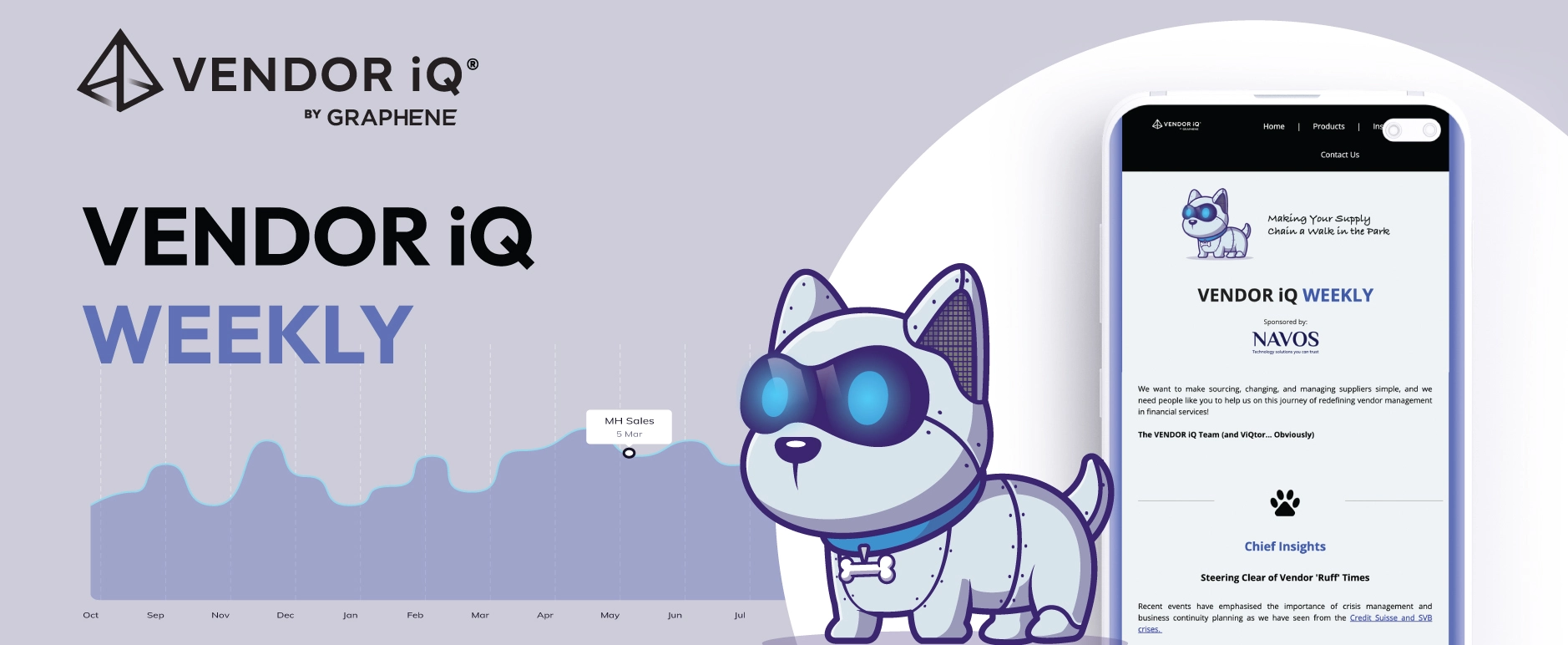Third-Party Risk Management in Fintech Partnerships: A Strategic Approach for Financial Institutions
In today’s digital age, third-party risk management has become a critical component for banks and credit unions, particularly as they navigate partnerships with fintech providers. While fintech collaborations open doors to innovation and enhanced customer experiences, they also introduce unique risks that must be carefully managed. For financial institutions, understanding these risks and implementing robust management strategies is key to ensuring both compliance and operational efficiency.
Why Third-Party Risk Management Matters
When financial institutions partner with fintech providers, they often gain access to advanced technologies, such as AI-driven solutions, digital banking platforms, and cloud services. However, these relationships come with potential vulnerabilities, especially in areas like cybersecurity and operational risk.
One of the primary risks is cybersecurity. If a third-party vendor experiences a data breach, it is often the bank or credit union that makes the headlines—not the fintech provider. This can result in reputational damage and loss of customer trust, making cybersecurity a top priority for any third-party risk management program. It’s crucial for banks to have a well-defined process for SOC report reviews and a thorough vendor management program to ensure that all cybersecurity risks are mitigated effectively.
Yet, cybersecurity isn’t the only concern. Operational risks can arise when a fintech provider’s limitations prevent a financial institution from fully controlling its digital ecosystem. For instance, some fintechs may use closed APIs, limiting the bank’s ability to extract or integrate data seamlessly. This can restrict the institution’s ability to adapt quickly to changing market needs or implement custom solutions that align with their unique strategic goals.
Key Strategies for Effective Third-Party Risk Management
Managing these risks requires a structured approach. Here are some best practices to help financial institutions maintain control and ensure their fintech partnerships remain beneficial:
1. Executive Buy-In is Essential
A successful third-party risk management program starts at the top. Without strong support from the executive team, even the best plans can falter. Leadership must understand the importance of these partnerships and allocate the necessary resources to ensure effective risk oversight. This includes defining clear policies and procedures that everyone in the organization can follow.
2. Create Clear Policies and Processes
Having detailed, easy-to-understand policies is crucial. These policies should cover everything from vendor onboarding to continuous risk assessments. A standardized due diligence process ensures consistency and makes it easier to demonstrate to regulators that all appropriate measures have been taken. Templates and automated processes can streamline due diligence, making it easier to evaluate vendors efficiently.
3. Assess Cybersecurity Capabilities Thoroughly
Given the rise of cyber threats, evaluating a vendor’s cybersecurity capabilities is non-negotiable. This includes reviewing their SOC reports, understanding their data encryption standards, and ensuring they have a robust incident response plan. For fintechs, this is especially important when working with cloud service providers or when using APIs to integrate digital banking solutions.
A structured approach to cybersecurity assessments not only helps protect sensitive data but also assures customers that their information is secure. This is particularly relevant when working with vendors that handle critical services, such as payment processing or digital identity verification.
4. Plan for Operational Continuity
Operational disruptions can happen, whether due to a cyber incident or a vendor’s internal issues. Financial institutions should have contingency plans in place, including scenario testing for potential vendor failures. This could involve preparing for data storage changes or shifts in service availability. For example, if a fintech provider suddenly moves its data storage outside the country, this could have significant regulatory implications.
Understanding these risks in advance allows institutions to maintain control over their digital infrastructure, ensuring they can continue serving customers without interruption.
The Role of Fintech Partnerships in Driving Innovation
While managing third-party risks is crucial, it’s also important to recognize the advantages that fintech partnerships can bring. For many credit unions and community banks, fintech partnerships enable access to new technologies and solutions that were once beyond reach. This allows smaller institutions to compete with larger banks and offer innovative services to their members.
However, this innovation must be balanced with vigilance. As financial institutions embrace technologies like AI and cloud services, they must ensure that their vendor management programs evolve to meet new challenges. This means regularly reviewing vendor relationships and ensuring that any shifts in technology or regulatory requirements are addressed promptly.
Building a Strong Vendor Management Program
A robust vendor management program is more than just a checkbox for compliance; it’s a strategic tool that allows financial institutions to leverage the best that fintechs have to offer while keeping risks in check. This includes:
- Regular Assessments: Continuously evaluate third-party vendors, especially those handling critical services or sensitive data.
- Visibility into Fourth-Party Risks: Understand how a vendor’s own suppliers impact your operations. For example, if a vendor stores data with a fourth-party provider outside your jurisdiction, it could have regulatory implications.
- Tailored Vendor Selection: Choose partners that align with your strategic goals, such as those with open APIs that facilitate seamless data integration.

How VENDOR iQ Can Help
Navigating the complexities of third-party risk management is no small task, especially as fintech partnerships become more integral to banking operations. VENDOR iQ provides a comprehensive solution for managing vendor relationships, offering tools that help banks and credit unions assess, monitor, and manage third-party risks effectively.
With real-time insights and customizable dashboards, VENDOR iQ allows financial institutions to maintain control over their digital supply chain while ensuring compliance with evolving regulatory requirements. Whether you’re managing cybersecurity risks or evaluating new fintech partners, VENDOR iQ provides the support you need to maintain operational resilience.
Explore how VENDOR iQ can transform your approach to third-party risk management. Contact us today for a demo and see how we can help you secure your digital future





